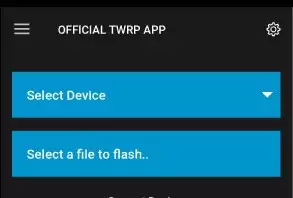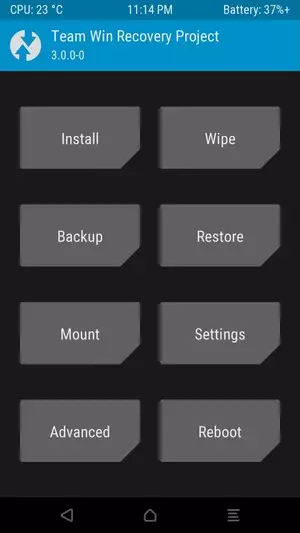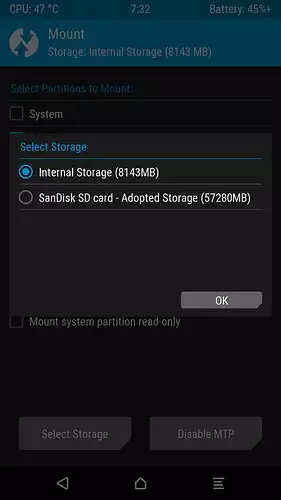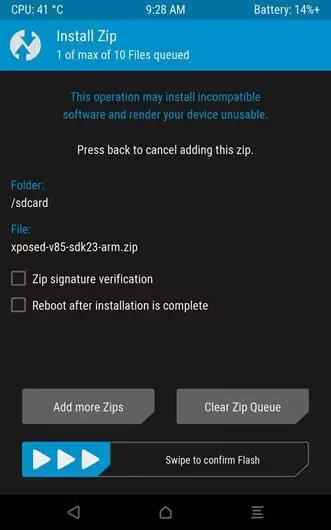Flash firmware on Alcatel Hero 2
Mobiles >> Alcatel >> Alcatel Hero 2| Specifications | Reviews | Secret codes |
| Unlock phone | Root phone |
| Backup | Flash Firmware | Screenshot |
How to flash Alcatel Hero 2?
Why reinstall the firmware?
Errors constantly appear in the Android operating system.
Some applications do not open, reinstalling which does not lead to a positive result.
Many programs from the Play Market do not work.
The phone restarts or shuts down randomly.
The phone began to slow down a lot.
You are not satisfied with the functionality of the stock (official) firmware.
Where can I find the firmware?
On the official website of the phone manufacturer.
On sites where developers post custom or official OS.
What should be done before installing the firmware?
Create a backup copy of user data, contacts and photos and transfer it to your computer.
Insert your SD card into your phone. An SD card is needed to write firmware to it.
Determine your smartphone model.
Fully charge your phone battery.
Download archive with Firmware. Place it on the SD card.
Installing TWRP Recovery
Install the Official TWRP App from the Play Store on your phone.
When you start the application for the first time, you need to give consent to future manipulations, as well as to give consent to granting the application Superuser rights and click the 'OK' button.
On the next screen, select 'TWRP FLASH' and give the application root rights.

On the main screen of the application, click on the 'Select Device' drop-down list, and select your phone model.
After selecting a phone, the application will direct the user to a web page to download the modified recovery environment image file. Download the proposed *.img file.
After downloading the image file, return to the main screen of the Official TWRP App and press the 'Select a file to flash' button. Select the file downloaded in the previous step.
Press the 'FLASH TO RECOVERY' button and confirm your choice.
When the message 'Flash Completed Succsessfuly!' appears. Click 'OK'. The TWRP installation procedure can be considered complete.
Write the firmware to the SD card. Using a PC or laptop card reader.
Insert a memory card into your phone.
To reboot into recovery, you need to use a special item in the Official TWRP App menu, accessible by pressing the button with three stripes in the upper left corner of the main screen of the application. Open the menu and select the 'Reboot' item, and then click on the 'REBOOT RECOVERY' button.
Firmware via TWRP

Before flashing, you need to delete all user data from the phone, this will avoid errors in the software, as well as other problems. Press 'WIPE' on the home screen.
Now you can start flashing. Press the 'Install' button.

The file selection screen is displayed. At the very top is the 'Storage' button, select the location where the firmware file is located.
Select the location where the files were copied. Press the 'OK' button.

Select the firmware file and click on it. A screen opens with a warning about possible negative consequences, you need to check the item 'Zip signature verification', which will avoid using corrupted files when writing to the phone's memory sections.
The procedure for flashing the phone will begin, this is accompanied by the appearance of inscriptions in the log field and the movement of the progress bar.
After completing the installation procedure, a 'Successful' message appears on the screen.
Summary: Smart Phone OS: Android OS, v4.4.2 (KitKat); Chipset: Mediatek MT8392; CPU: Octa-core 2.0 GHz Cortex-A7; GPU: Mali-450MP4; Type: IPS LCD capacitive touchscreen, 16M colors; Screen Size: 6.0 inches (~75.8% screen-to-body ratio); Resolution: 1080 x 1920 pixels (~367 ppi pixel density); Multitouch: Yes, up to 5 fingers; Protection: Asahi Dragontrail Glass, oleophobic coating; Main Camera: 13.1 MP, OIS, autofocus, LED flash; Features: Geo-tagging, touch focus, face/smile detection, HDR, panorama; Video: 1080p@30fps; Front Camera: 5 MP, 1080p; Card slot: microSD, up to 32 GB (dedicated slot); Internal: 16 GB (12.9 GB user available), 2 GB RAM; Alert types: Vibration; MP3, WAV rin ...
Comments, questions and answers on the flash firmware Alcatel Hero 2
Ask a question about Alcatel Hero 2




